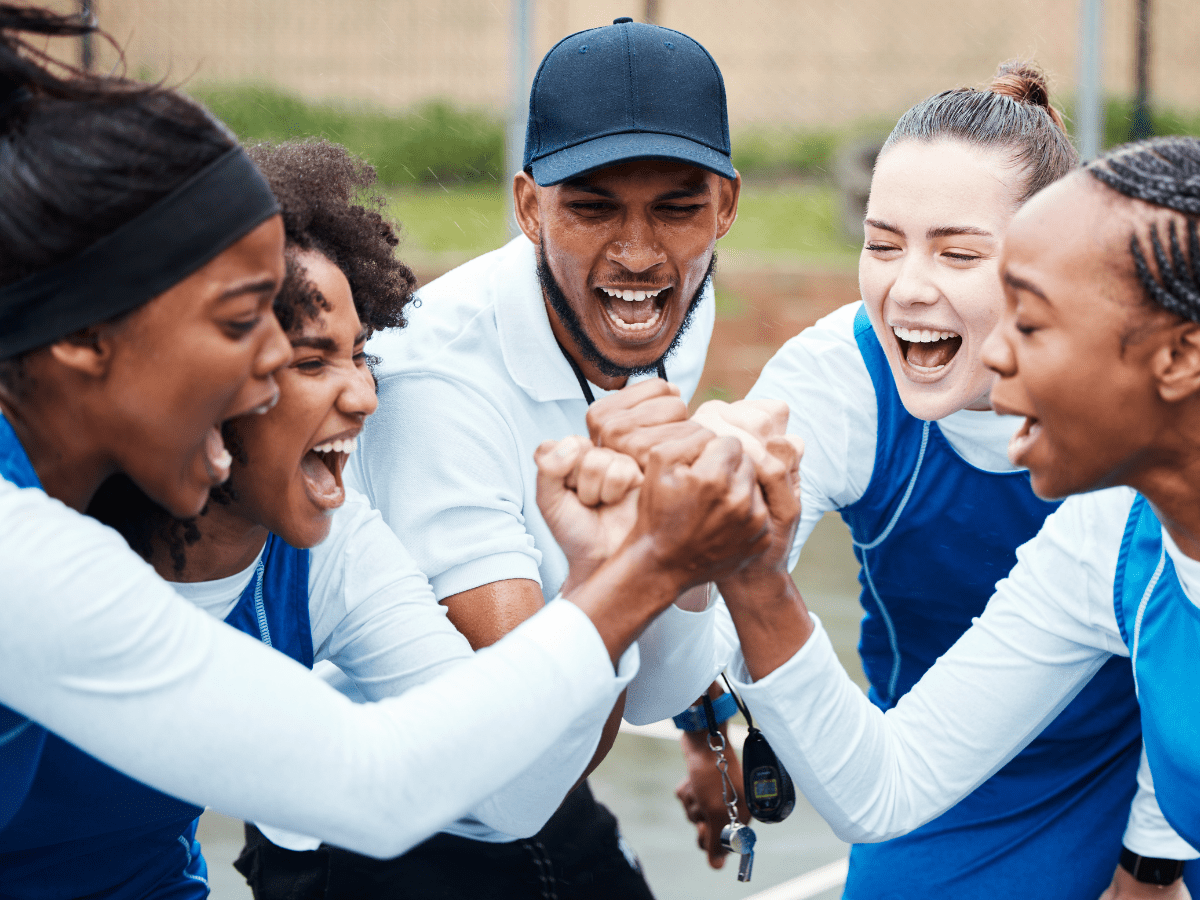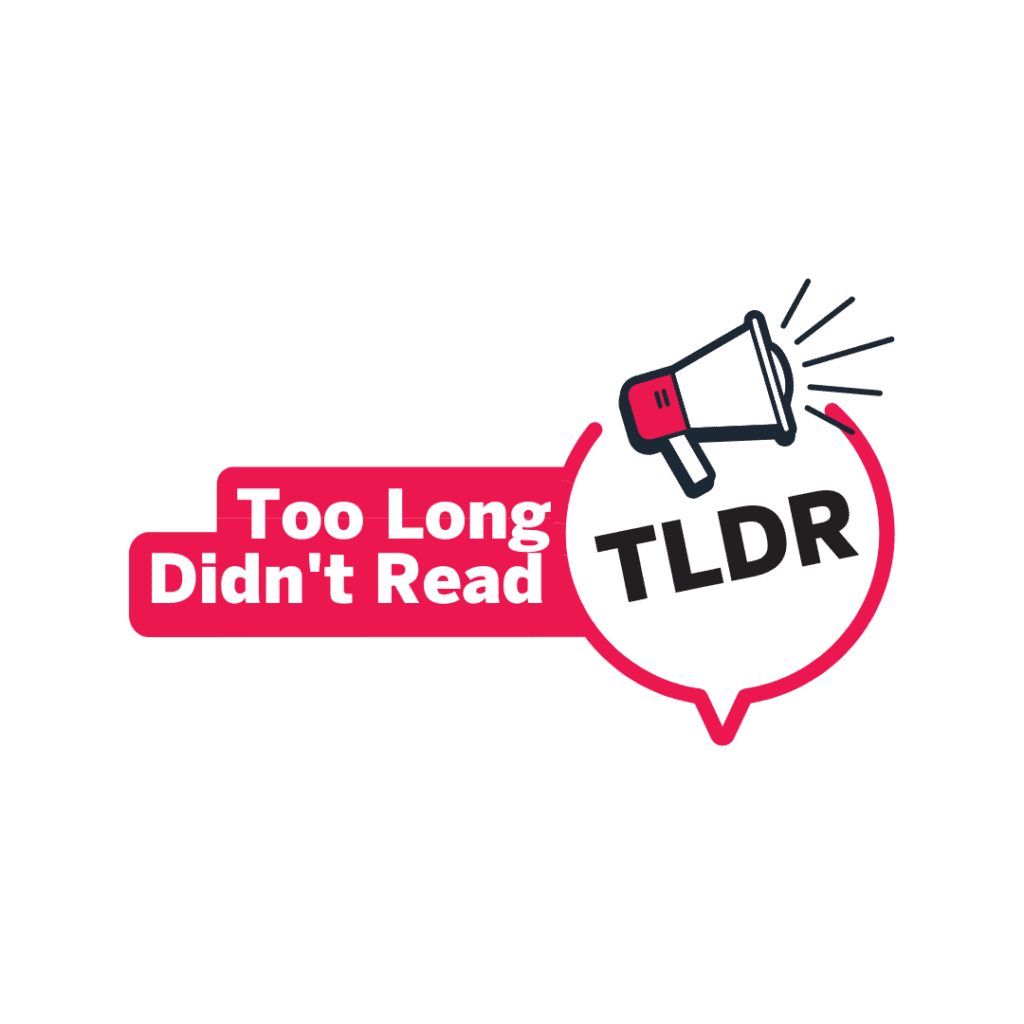

There are two parts to this project:
First, we have established an open-access on-line archive to collect every form of physical culture that people participate in in the Greater Toronto Area (GTA).
Second, use the on-line archive to engage in follow-up research – interviews and secondary data analysis – to answer an initial set of research questions.
Both parts of the project are ongoing, but there are enough data to provide some preliminary conclusions and recommendations.
Part 2: Background
My previous SPRI project on ‘measuring participation’ was striking in terms of the narrow ways that ‘physical activity’ had been defined. It is still most common to think of ‘physical activity’ in terms of organized activity, primarily constituted of gym exercises, running, major team sports, and a few other activities. But the measurement project, and other research on multiculturalism began to show that there were numerous different ways that people engaged in physical activity. We decided to see how many different types of physical activity we could find in one large community.
Physical culture is a term that we use to collectively refer to all forms of non-work physical activity – the different ways that various communities have produced to play games, compete, engage in ritual movement, and move their bodies. Our initial classification of physical cultural forms includes: sports, dances, martial arts, exercise systems, and physical games. We were well aware that it would be difficult to classify all forms of physical culture into five categories – that was a starting point, and we have enough data now to be considering some additional categories (e.g., hybrid activities: Mark Norman, 2016: https://gtactivity.ca/blog).
Multiculturalism is both celebrated and criticized in Canada, and the term has come to be misused in a number of ways. For example, we have heard the term being used to refer only to ‘immigrants’ or, even more problematically, to people who are sometimes classified as ‘other than white’. For this project we have gone back to Canada’s original formulation of multiculturalism:
[T]here cannot be one cultural policy for Canadians of British and French origin, another for the original peoples and yet a third for all others… [T]here is no official culture, nor does any ethnic group take precedence over any other… (Pierre Trudeau, Official Statement on Multiculturalism, House of Commons, 1971)
Multiculturalism was subsequently included in the Canadian Constitution (1982) and became the law (Multiculturalism Act, 1988), but although explicitly associated with national and ethnic cultures, multiculturalism also implicitly includes, for example, language cultures, disability cultures, religious cultures and gay culture – all cultures that may be associated with particular physical cultural forms.
The GTA, which has a population of over 6 million and covers some 7,000km2, is one of the most diverse communities in the world. In addition to the indigenous communities, there are over 200 identifiable settler communities in the GTA. And, in addition to the physical cultures produced by the indigenous peoples, every one of those settler communities brought with them various physical cultural forms from different regions of the world, different countries, and different parts of those countries.
This is the context in which we asked our original research question: “how many different forms of physical culture do people participate in in the GTA?”
At the time of writing, there are over 120 activities on https://GTActivity.ca, and we have a list at this time of over 250 activities. The activities that are currently included are a result of research by the research team; for each activity we are including video and still images of the activity, a description of the activity, and some cultural and geographical information (including a map of locations where people participate in the activity). These original activities represent a template as we are entering the citizen science phase of the project. Citizens of the GTA are encouraged to add new activities, and/or add to and/or correct information about the activities already posted. We expect that the site will eventually include many hundreds of activities, and will provide a record as some activities ‘die out’ and others are introduced by newcomers or produced in Canada.
Application
Given that there is no precedent for an archive of physical culture in one very large community, it is difficult to anticipate the uses to which this publicly accessible web site will be put.
As we have been adding activities to the site, and struggling with issues of classification, several new research ideas have occurred to us, and we expect that others will find the data useful for various research and policy projects.
Some possible practical uses of the site may include the following:
- The site may help to connect communities of practice across the GTA
- The site may help to connect individuals with particular activities – either because they remember the activity from before they came to Canada, or because they see an interesting activity that they would like to try.
- The site may help to broaden our sense of what constitutes physical activity and active living, and will possibly lead to greater inclusion in measures of physical activity.
- The site may help to identify, connect, and confirm particular communities in the GTA through their practice of particular activities.
- The site will be a resource for all of the community, one in which all of the community’s physical cultural forms are reflected.
Other suggestions are welcome.
Part 2: Background
In 2006, Yuka Nakamura and I wrote a research report for Sport Canada / Multiculturalism Canada title, Sport and Multiculturalism: A Dialogue.
This project is giving us an opportunity to test some of our ideas in that report, and to provide answers for some of the questions we raised. These tests and answers will derive from additional data collected through secondary source research and interviews with key informants in various communities and/or associated with particular physical activities.
These data will be accessible to other researchers, and we suspect that they will lead to many other ideas for research and practice than the ones outlined below.
Life cycle of physical cultural forms
One major research question concerns the life cycle of various physical cultural forms.
Which activities come to Canada, and which are left in the country of origin? So far, we have heard that some activities that require specific equipment, or some that require particular spaces in which to participate, may not be brought to and practiced by newcomers in Canada. Other activities may be considered to be culturally inappropriate for Canada – e.g., activities that may involve uses of animals in a way that may be illegal, or considered inappropriate in Canada; or activities that may involve a level of risk to the participants that would be considered inappropriate in Canada.
Some activities do not survive the first generation of immigrants to Canada – they ‘die out’, but that process of dying out involves social conditions that appear to be connected to processes of integration (e.g., when the children of the first generation become well integrated and socialized into ‘Canadian’ physical culture through participation in schools and community; or when the first generation’s embrace of ‘Canadian’ culture for their children leads them not to pass on physical cultural forms to their children).
Some activities become quite well established, then ‘die out’, and are then revived by a new generation of immigrants. For example, economic problems in Ireland in the mid 2000s led to a new wave of young Irish immigrants to the GTA, and to the revival of hurling and camogie – games that had ‘died out’ in the GTA in the 1980s.
And some activities survive the first generation and become more well established in Canada. Our data show that, for the most part, the activities that survive are ones that become more integrated into the multicultural community, attracting participants from outside the original immigrant community. Some of the activities are becoming / have become quite well established in the wider community (e.g., cricket [a revived sport], salsa dancing, judo, and tai chi).
Our research will continue to drill down more deeply in an attempt to understand the life cycle of physical cultural forms.
Physical culture and integration
Integration is a complex process. Many immigrant families want to learn about and participate in Canadian culture, and maintain aspects of their culture of origin. People do not suddenly ‘switch off’ being English, or Syrian, or Vietnamese when they arrive in Canada, and immigration is an extended process.
Federal government policies after 9/11/01 reacted to a fear of ‘ghettoization’ of new immigrant communities by discontinuing financial and other support for single community cultural activities (including physical culture) and only supporting cultural activities that involved some aspect of integration between communities.
Our research appears to be showing two components of integration:
- There is no reason to be concerned about ‘ghettoization’ (as indicated by an extensive body of literature), and that single community activities do not appear to last beyond the first generation. They either ‘die out’ or they integrate to include other communities by the second generation.
- Activities that do go on to integrate add to the physical cultural repertoire of all Canadians in the region where the activities take place. And these physical cultural forms help to provide a meeting place between new Canadians from different cultures, and between new Canadians and well-established Canadians. Similar integrative activities are occurring as more well-established activities such as curling are reaching out to newcomers in an attempt to counter the decline in participation and the reputation of the sport in many areas as an activity for older Canadians.
Policy and politics
Our research indicates that support for physical cultures associated with different ethnocultural communities varies greatly between provinces and between municipalities. For example, in 2006 we found that Calgary provided a great deal of accessible support for growing communities of new Canadians, while in Edmonton accessing the support was a great deal more complicated. We will be exploring the support available in the GTA, from both municipalities and the Ontario government.
The federal government is less involved, although it is striking that Sport Canada has never developed a policy related to multiculturalism. While there are regulations and support concerning disability, female and indigenous inclusion, and language equity, no policy has been developed to support multicultural inclusion. Sport Canada has always maintained that sports have an ‘open door’ policy, but it is striking that while naming certain communities for inclusion, Sport Canada has seen no need to name multicultural communities.
Our interviews and secondary research will also examine how physical cultures are being used in policies for refugee settlement and other forms of newcomer inclusion.
Finally, our research and that of others indicates the importance of physical cultures to Canada’s trade and foreign policy. As Eriksen noted, with regard to sports: “The transnational networks developed selectively through sports, thus, create structures of relevance that can be exploited for other purposes (2007, p. 158).